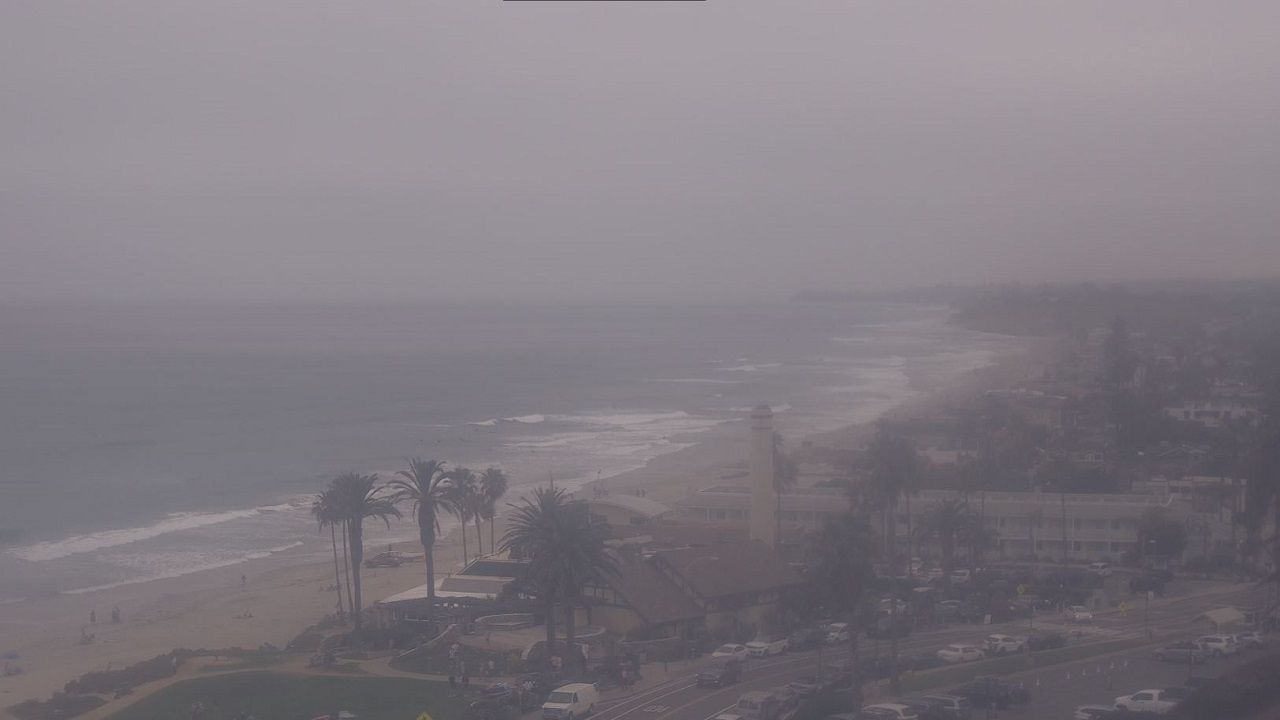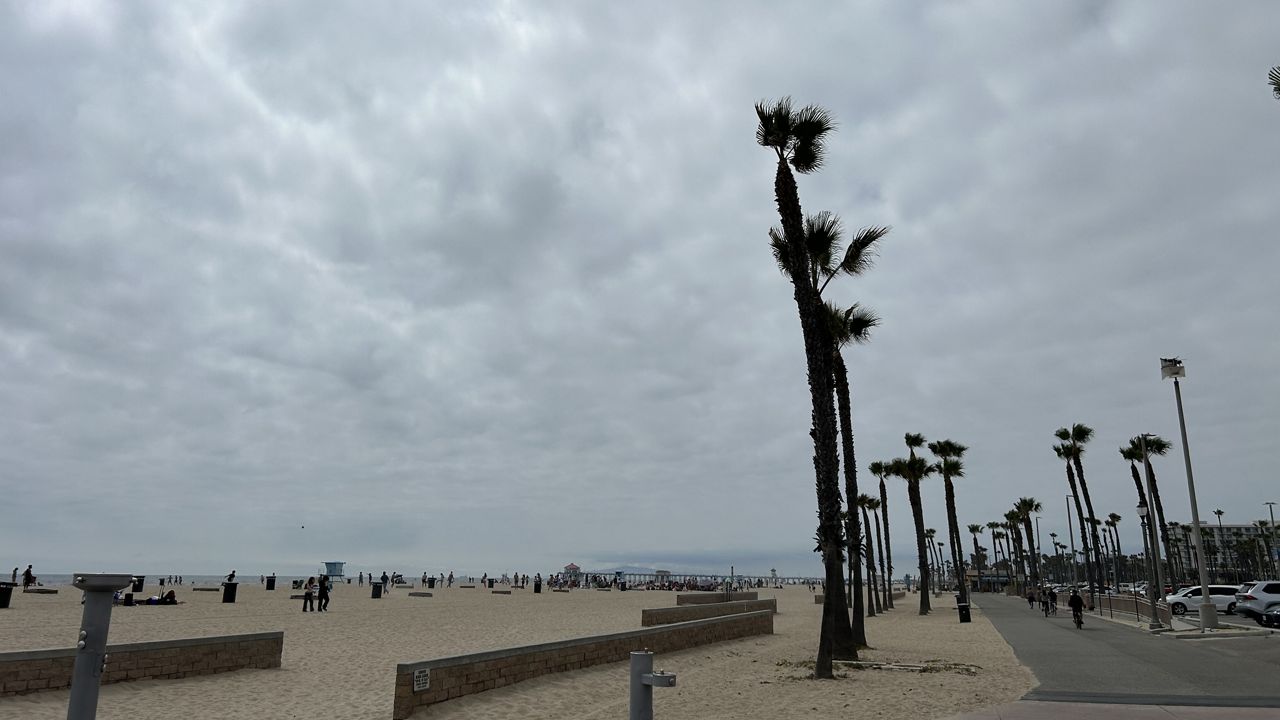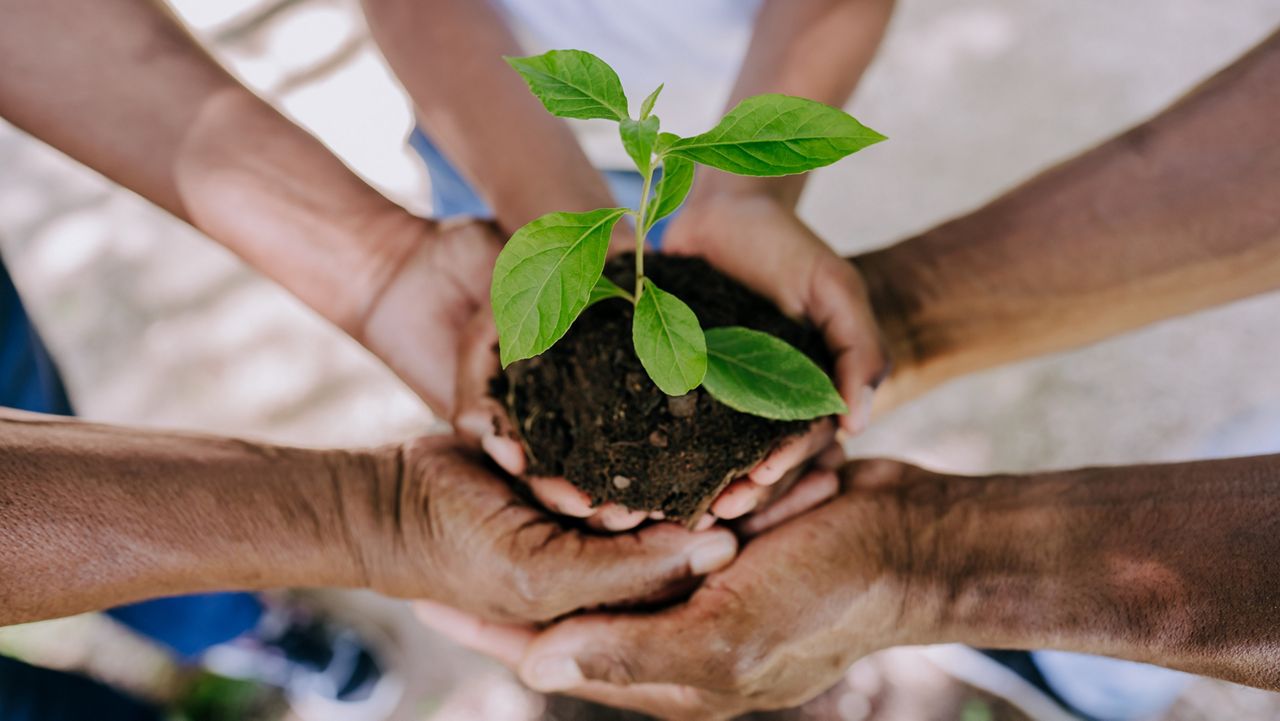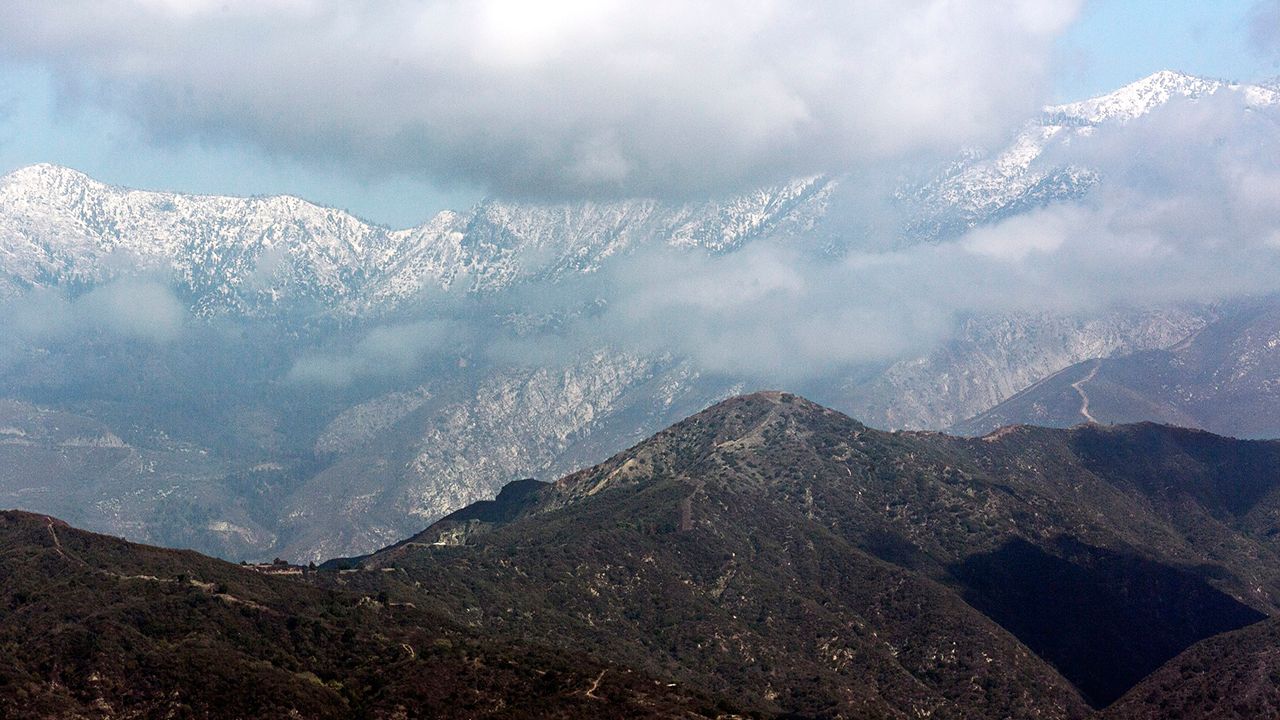LOS ANGELES — Colorado River water from Lake Mead makes its way to Southern California through the California River Aqueduct.
Once this water arrives in Lake Mathews, it’s then distributed to a water treatment plant owned by the Metropolitan Water District of Southern California.
Currently, most of the water in Metropolitan’s water treatment facilities are from Northern California from the State Water Project because of our wet winter.
It’s a stark contrast from last year, when water in their treatment plants were primarily from the Colorado River because Northern California’s supply was so strained from drought.
Metropolitan’s Colorado River Resources Manager Bill Hasencamp says this year’s snowpack is great news for the river.
“The difference between a really wet year in California and a really dry year is about a ten-foot impact to Lake Mead based on our demands from the river. We can have Mead ten-feet higher in a wet snowpack year than in a dry snowpack year,” Hasencamp said.
Thirty years ago, 60% of SoCal’s water was imported from both the Colorado River and Northern California.
By 2035, Metropolitan plans to reduce that amount to about 35% through investments in conservation and local supplies.
So why is this important when California has received so much rain and snow that nearly the entire state is out of drought?
Metropolitan’s General Manager Adel Hagekhalil says nature gave them a much-appreciated lifeline this time, but they must prepare for the next so-called “climate whiplash” when we return to another period of drought.
“I ask everybody to continue conserving, we don’t want to just pull the pedal on conservation because all the water we can save right now is water we can store, whether that’s in Lake Mead, whether that’s in Diamond Valley Lake, whether that’s in Castaic Lake or any of the underground basins that we have in our region. We need to save and build the savings that we need to have so when we have another dry years, and hot days, and dry days, we can respond and ensure we’re doing it,” Hagekhalil said.
Last year, Metropolitan was running out of water in their reservoirs and was concerned 2023 would be a fourth drought year, further straining the Colorado River and Northern California supplies.
Now they’re refilling reservoirs and underground basins to make up for their deficits.
The Colorado River Compact was agreed upon by the seven basin states 100 years ago when the population was much smaller.
In order for the Southwest to thrive long term, Metropolitan is planning for a future that is much different from the last 100 years.
They no longer can rely on regular snowpack and have to find new solutions to make up the water in storage and adapt to climate change.
The future of water in SoCal will focus on water recycling, like the Pure Water Southern California advanced treatment facility, efficiencies and building new storage and infrastructure.











